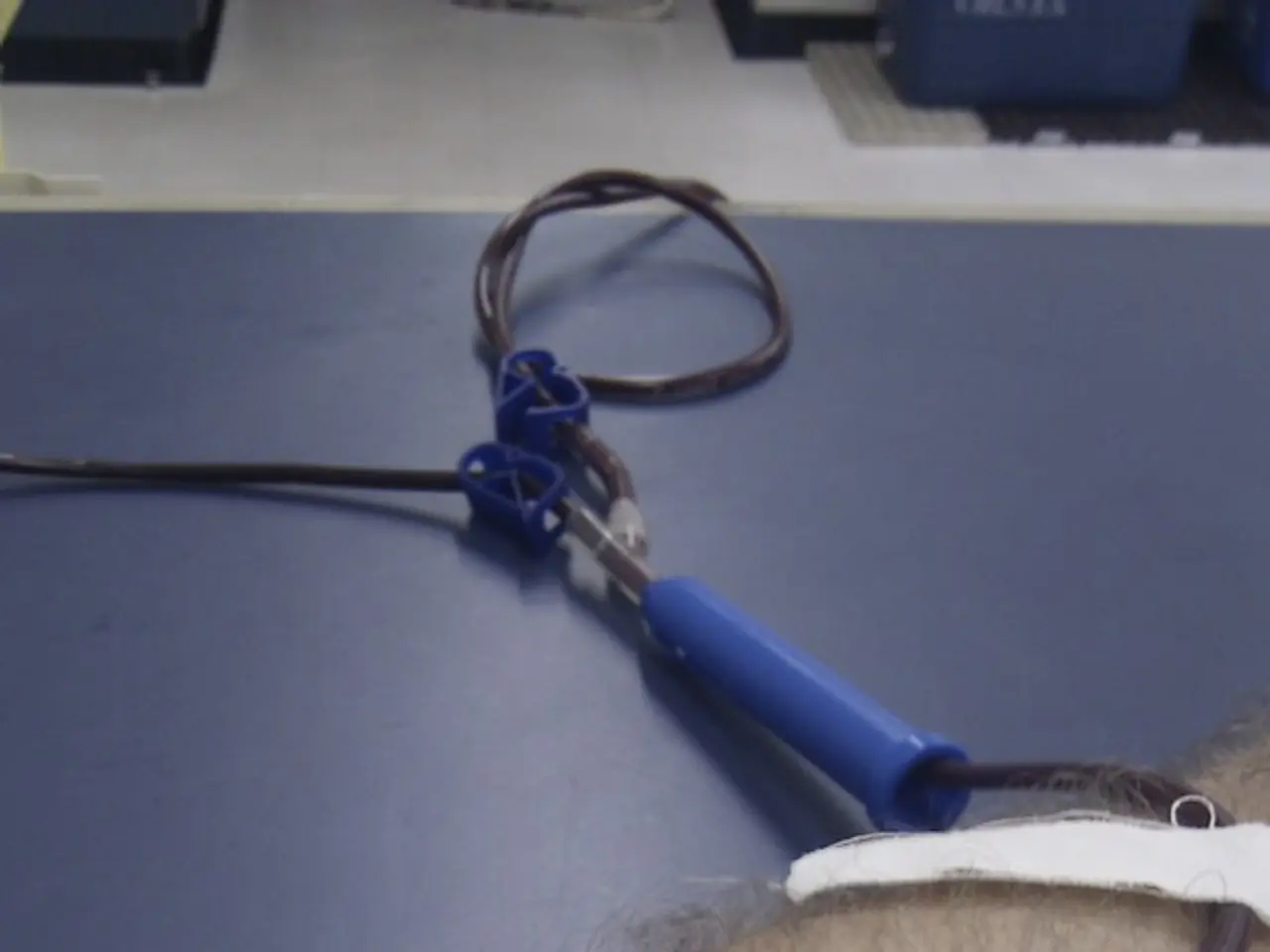Exploring Plasma Donation: Examining Potential Adverse Effects and Hazards
Plasma donation is a process that involves the extraction of plasma, the liquid component of blood, for medical use. Here's what you need to know about plasma donation, its side effects, preventive measures, and safety guidelines.
Plasma donation is a common medical procedure that helps save lives, particularly in the treatment of cancer and various health issues. However, like any medical procedure, it comes with potential risks and side effects.
Common side effects of plasma donation include feelings of dizziness or lightheadedness, fatigue, minor bruising or pain at the needle site, and sometimes a drop in calcium levels, causing tingling or muscle spasms during platelet donations due to anticoagulants used in the process. In rare cases, donors may experience fainting, larger bruises, and allergic reactions. Temporary low blood pressure is also possible and may cause weakness or cold sweats.
To minimise these side effects, preventive measures include ensuring proper hydration, eating a healthy meal before donation, avoiding fatty foods, getting adequate rest, and informing staff about any medical conditions or medications that might affect eligibility and safety. After donation, it's crucial to rest for 10-15 minutes, drink plenty of fluids, and avoid heavy exercise for 24 hours.
Regarding donation frequency, plasma donation can be done more frequently than whole blood donation because plasma regenerates faster. Generally, a person can donate plasma safely up to twice a week, with at least 48 hours between donations, although specific guidelines may vary by country and donation center. This is more frequent than whole blood donation, which is typically every 8 weeks (about 3 months).
It's important to note that people with certain medical conditions or on some medications, such as immunosuppressants, should consult their doctor before donating plasma.
During the donation process, a donation center technician will ask about the donor's health and medical history, check their blood pressure, temperature, pulse, and hemoglobin levels, and ensure there is no anemia. If a puncture of an artery occurs, the attendant will stop the donation immediately and apply firm pressure to the area for at least 10 minutes. Emergency medical help may be necessary.
Plasma donation takes longer than blood donation, with the procedure taking around 40 minutes and the overall process taking around 1 hour and 15 minutes. Drawing blood always poses some risks, and localised infection or inflammation can occur during plasma donation. Signs and symptoms include localised pain, swelling, and a feeling of warmth around the site of the donation. Anyone who suspects an infection should contact the donation center.
In May 2020, the FDA asked people who had recovered from COVID-19 to donate plasma, as it may contain antibodies for SARS-CoV-2. Major bruising during plasma donation should be addressed by the attendant, who should stop the donation and apply a cold compress. The person may benefit from continuing to apply cold compresses for the next 12-24 hours and warm compresses after that. If bleeding occurs, the person should apply pressure to the area and raise their arm. If symptoms worsen or the bleeding does not stop, seek medical attention right away.
To find the nearest plasma donation center, people can use an online locator provided by the accreditation agency or call 1-800-RED-CROSS (1-800-733-2767). It's essential to follow all safety guidelines and consult with healthcare professionals to ensure a safe and successful plasma donation experience.
- Plasma donation is used primarily in the treatment of cancer and multiple health issues.
- Dizziness, lightheadedness, fatigue, and minor bruising or pain at the needle site are common side effects of plasma donation.
- Tingling or muscle spasms can occur due to anticoagulants used during platelet donations, causing a drop in calcium levels.
- In rare cases, donors may experience fainting, larger bruises, and allergic reactions.
- To minimize these side effects, donors should ensure proper hydration, eat a healthy meal before donation, and get adequate rest.
- After donation, donors should rest for 10-15 minutes, drink plenty of fluids, and avoid heavy exercise for 24 hours.
- People with certain medical conditions or on some medications, such as immunosuppressants, should consult their doctor before donating plasma.
- During the donation process, technicians check the donor's health and medical history, blood pressure, temperature, pulse, and hemoglobin levels.
- If a puncture of an artery occurs, the attendant will stop the donation immediately and apply firm pressure to the area.
- Plasma donation takes approximately 40 minutes, with the overall process taking around 1 hour and 15 minutes.
- In May 2020, the FDA asked people who had recovered from COVID-19 to donate plasma, as it may contain antibodies for SARS-CoV-2.
- Major bruising during plasma donation should be addressed by the attendant, and donors should be provided with instructions on applying cold and warm compresses.
- Anyone who suspects an infection after plasma donation should contact the donation center.
- To find the nearest plasma donation center, people can use an online locator or call a designated phone number. It's crucial to follow all safety guidelines and consult with healthcare professionals to ensure a safe and successful plasma donation experience.




